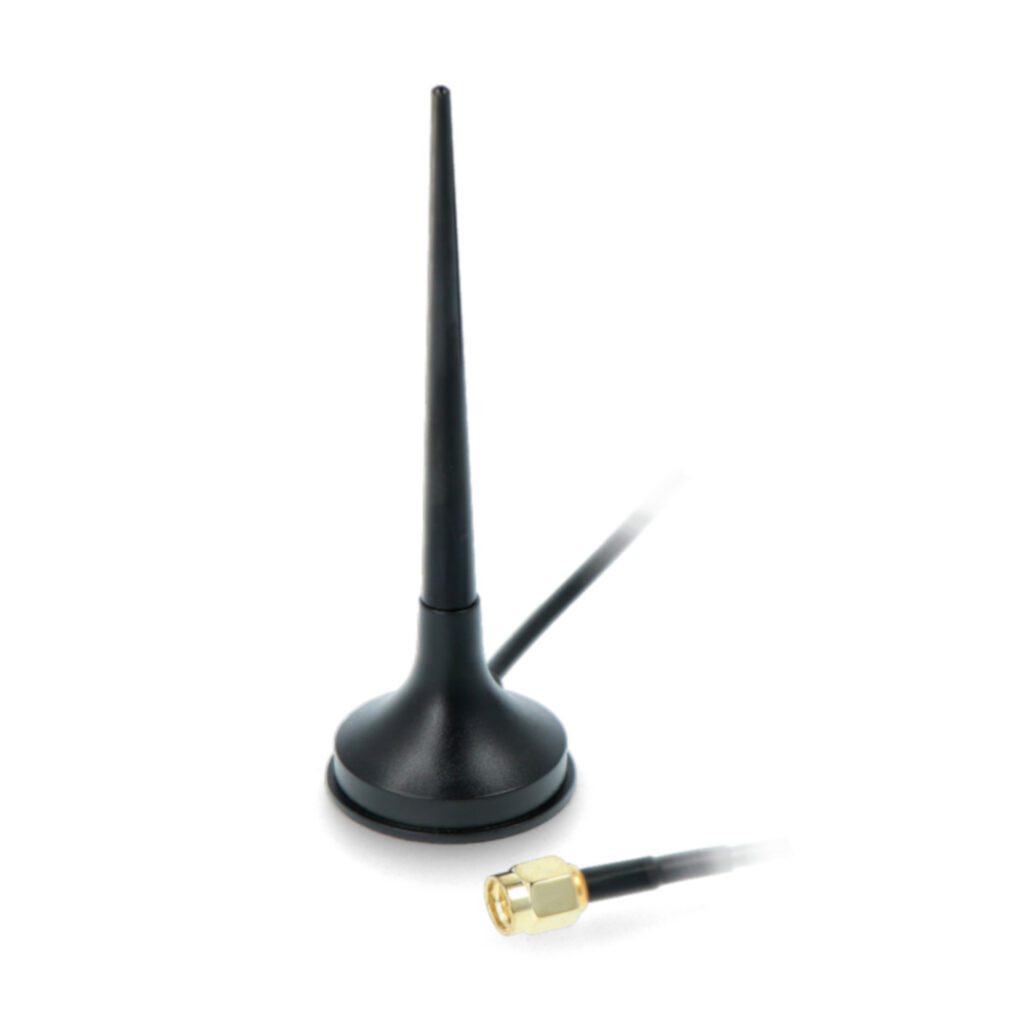Table of Contents:
UMTS is a mobile transmission standard that has been used in various networks since 2001. Here are the highlights of the solution.
What is UMTS?
The abbreviation “UMTS” expands as ” Universal Mobile Telecommunications System, ” literally translated as “universal mobile telecommunications system.” It’s a name that captures its basic premise very well – the main purpose of introducing UMTS was to integrate various communication systems that had previously operated separately. This standard is the successor to GSM, GPRS and EDGE, the second generation of mobile networks (and the generation referred to as 2.5). What sets it apart is its expansion of transmission capabilities beyond just voice – with UMTS it is also possible to transfer data or make video calls. UMTS is the basis of most third-generation, or 3G, mobile networks.
A brief history of the UMTS standard
Work on the UMTS standard began back in the 1980s. The ITU (International Telecommunications Union) was founded in the 1970s, when it decided to develop a global communications system for both mobile and fixed devices. However, it took quite a long time to develop concrete assumptions – the general concept was not presented until 1992, and the model of the network underlying UMTS services was presented six years later. Initial delays were primarily related to the inability to simultaneously roll out the standard in all parts of the world due to weaker infrastructure development in some regions, causing telecommunications companies to prioritize GSM technology.
The first publicly available UMTS networks appeared in 2001-2002. Japanese operator NTT DoCoMo is considered the pioneer in this regard – but it is worth noting that the company used its own FOMA design, which was compatible with UMTS. A year later, the first network using the UMTS standard was launched in Europe, more specifically in Austria. In Poland, the technology has been available since 2004, when Plus introduced 3G UMTS connectivity. For a long time, this standard was the foundation of most mobile networks around the world – until the advent of 4G technology in 2009.
Is UMTS still in use?
Although currently UMTS technology is still available, most Polish mobile operators are already in the process of phasing out 3G networks. This is primarily due to the fact that subscribers are already overwhelmingly using 4G or 5G technology, making it no longer cost-effective to maintain the older standard. The exact plan depends on the operator. T-Mobile and Play are completing the process of shutting down their 3G networks in 2023, while Orange plans to reach this goal in 2025 and Plus two years later.
What will happen to devices using UMTS when the 3G network is shut down?
It is worth noting that UMTS-enabled equipment overwhelmingly also supports second-generation mobile telephony, or GSM technology. Given the fairly widespread use of 2G in industry, robotics and other applications, the planned shutdown of 2G networks will take place several years later than for 3G. This means that UMTS/GSM-enabled devices will still retain the ability to communicate – but it will be using 2G technology.
UMTS vs GSM - comparison of standards
The UMTS standard was developed as a more powerful alternative to GSM networks. The most important difference is greater data capabilities – UMTS allows not only voice calls, but also Internet service. Transfer speeds have also increased significantly: while in GSM the upper limit is a very modest 384 kbps, the maximum value for UMTS is already14.4 Mbps. Added to this is the increase in immunity to interference, achieved by using CDMA (spread spectrum) technology. With CDMA, each user using a particular channel receives a specific part of the transmission, allowing precise identification of the transmitted data. The higher bandwidth on UMTS networks means that, unlike GSM solutions, they can also be used for video calls or TV broadcasts.
UMTS in robotics
In addition to phone calls and data transmission in mobile devices, the UMTS standard is also used in
robotics
i
electronics
. It’s a popular, relatively inexpensive solution for projects using cellular networks. Its capabilities in this case are the same as for phones – UMTS modules and antennas allow sending SMS and MMS messages, making voice calls or transferring data via the Internet. Products of this type are compatible with both UMTS and GSM standards. You will need an active SIM card to use their features. As a reminder, Polish operators are in the process of shutting down 3G networks – before buying UMTS components, it’s worth checking whether your network still supports this telecommunications standard.
UMTS modules and antennas in the Botland store
Store offer
Botland
includes many useful solutions related to telecommunications – including GSM/UMTS antennas and modules. Modules supporting this standard come in the form of small PCBs with space for a SIM card; SMA leads for connecting an antenna are also a common design feature. With a properly selected antenna, signal strength can be increased, resulting in more stable transmission and higher throughput.
UMTS antennas
available in the assortment
Botland
are compatible with the most popular microcontroller platforms, such as
Arduino
i
Raspberry Pi
. This allows our customers to equip themselves with all the components they need to create mobile network-enabled devices in one place. However, it is worth remembering that the method of connection may vary from platform to platform – if in doubt, it is best to check the instructions of the specific product. We invite you to store at our store!
How useful was this post?
Click on a star to rate it!
Average rating 4 / 5. Vote count: 1
No votes so far! Be the first to rate this post.





















